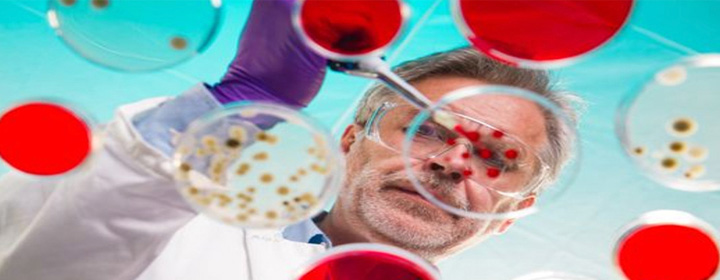Gene editing: A step toward ‘designer babies’

Only four of the 86 embryos—which were grown to about eight cells each—had their genes successfully modified; most showed signs of unintended genetic changes, indicating that the gene editing had gone awry. The researchers halted the tests, saying that the science behind the procedure was still “too immature.” But for good or ill, science has now taken a big step toward “designer babies”— genetically altered human beings. This is a deeply alarming development. What the Chinese scientists did was edit the genes in the “germ line,” or line of descent, meaning that any changes would get passed on to subsequent generations. Jennifer Doudna, the Berkeley biologist who discovered the technique used in the Chinese experiment, warned last week that if it’s used in humans, it will give us the power to alter evolution itself. “Most of the public,” Doudna said, “does not appreciate what is coming.” Scientists are very much split on the issue.
Many argue that there should be a moratorium on experiments involving germline modification. Others say that while “edited” genomes should not be used to create an actual human being, the basic research should continue because of its promise for eliminating a host of genetic diseases, including Tay-Sachs, cystic fibrosis, hemophilia, and Huntington’s. Obviously, the ability to eliminate dread diseases would be an “unalloyed good,” said Nobel laureates David Baltimore and Paul Berg. But tinkering with the human genome itself could have unintended consequences, especially after “edited” genes mixed in subsequent generations. Another danger is that the technique will be used to engineer offspring to your liking—say, to produce a 6-foot-2-inch, blond, blue-eyed son with a 150 IQ. That’s why it’s imperative that scientists and the public establish “widespread agreement about what is desirable”—before it’s too late.

 Print
Print